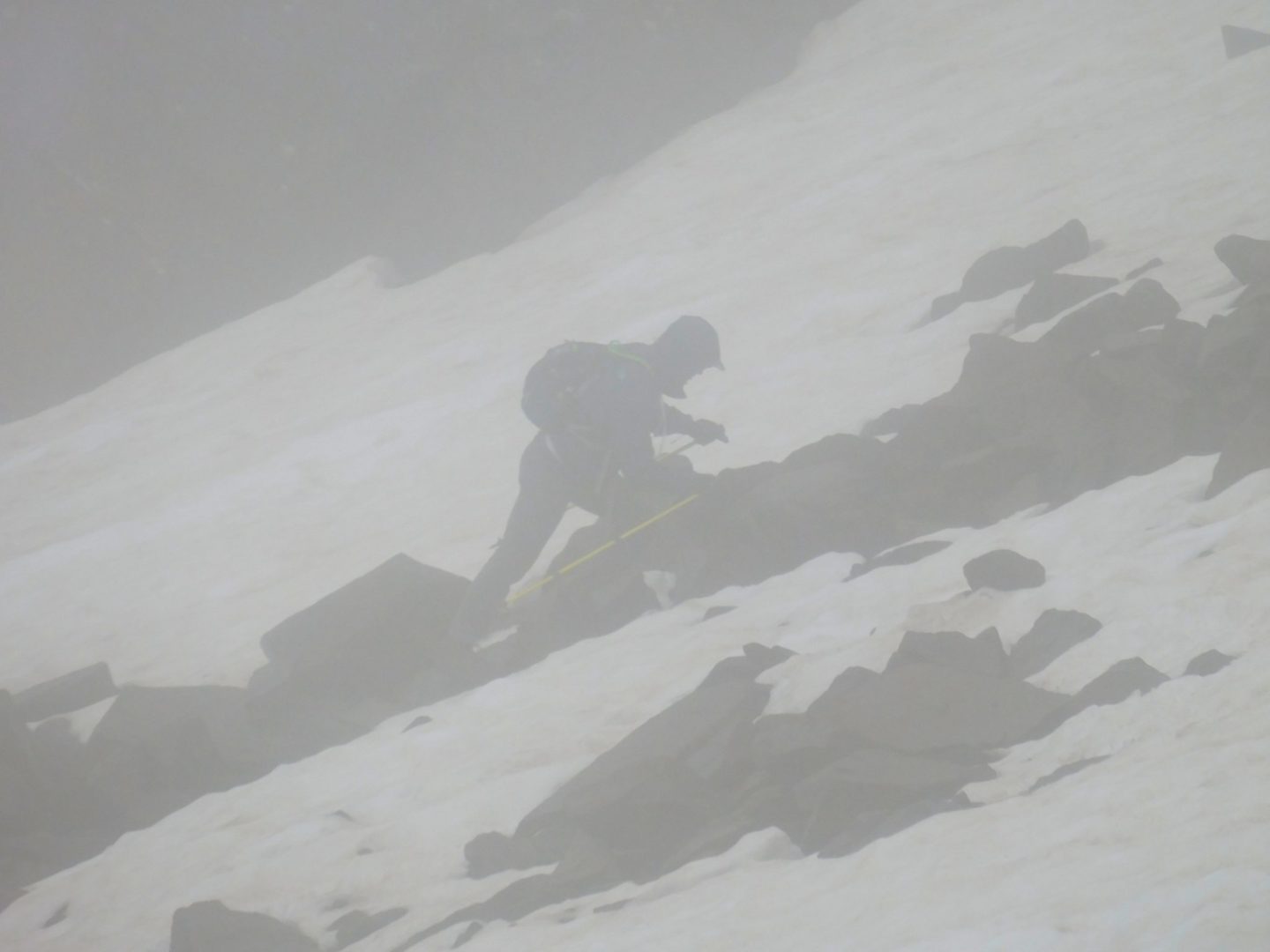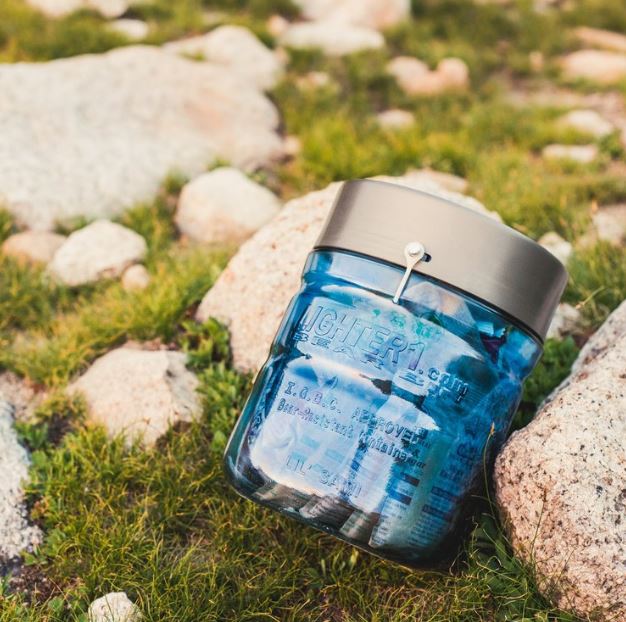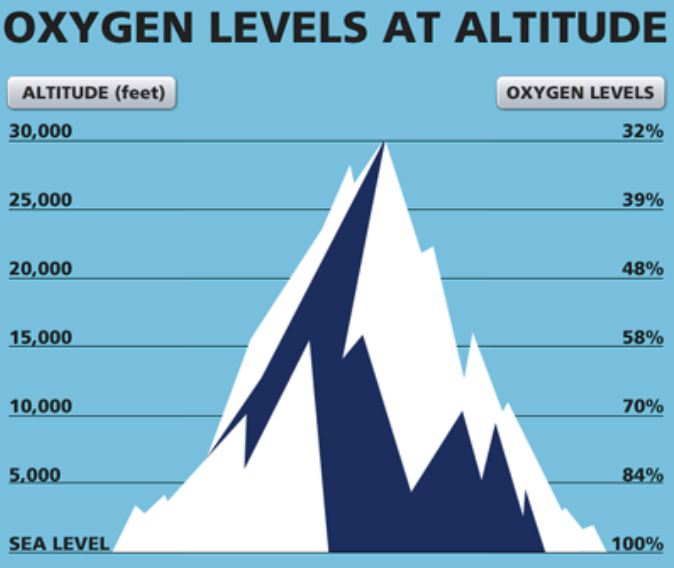Hiking tips for Colorado
The hiking tips in this article are tailored to the elevation challenges that high altitude adventurers will face in the Rocky Mountains. Colorado is a hiker’s paradise, with an abundance of stunning natural beauty, diverse terrain, and challenging hikes. Whether you’re a seasoned hiker or a beginner, there is something for everyone in Colorado.
The state is known for its Rocky Mountains, which offer some of the most spectacular views in the country. From snow-capped peaks to crystal-clear alpine lakes, the Rockies provide a stunning backdrop for any hiking adventure, making it one of the most popular hiking destinations year around.
Plan Your Route
The beauty and majesty of the mountains is awe-inspiring, but the unforgiving and unpredictable nature of the terrain can quickly turn a picturesque hike into a bad situation. There are several factors to consider when planning a mountain hike, including the route you will take, the weather conditions, the length of the hike, and the equipment and supplies you will need. Failing to account for any of these factors can result in an unpleasant, or even dangerous experience.
One of the most important hiking tips is choosing the right route. The route you take will depend on a variety of factors, such as your experience level, physical ability, and the time of year. Some routes are more challenging than others, and it is important to choose a route that is appropriate for your skill level. Additionally, it is essential to research the route ahead of time, and familiarize yourself with any potential hazards, such as steep inclines, rocky terrain, or areas prone to flash flooding.
One of the most comprehensive sites to help you plan a hike in Colorado is COTREX. The site is free and run by the State of Colorado. It has a comprehensive list of trails in the state, what is allowed on the trails, trail closures, and allows you to download maps for offline use to help you navigate. When tackling the highest peaks in Colorado also check out 14ers.com for detailed trail information.
Check the Weather
Colorado’s weather can be unpredictable and change quickly, even within the same day. This is due to the state’s high altitude and its location in the Rocky Mountains. You should be prepared for extreme weather conditions. Winter weather can be particularly harsh in the mountains, with heavy snowfall and strong winds. Even in the summer months, temperatures can drop quickly at higher elevations. Always bring warm clothing and rain gear, as well as plenty of food and water.
Some hiking tips regarding Colorado’s weather;
- A great resource for mountain weather is Mountain Forcast.
- It seems obvious but always worth mentioning, plan to end your hike before thunderstorms roll in.
- Avalanches kill more people in Colorado than any other state. During the snowy months always check avalanche conditions before heading out. A great resource is the Colorado Avalance Information Center.
- Expect temperatures to decrease 5 degrees (F) with every 1000 foot gain in elevation.
- When climbing a 14er, there is twice as much ultraviolet radiation and 25% more light than at sea level.
- Wind is one of the hard things to gauge when hiking, and has turned me back more times than any other weather. Check the wind as well as precipitation in the forcast.

Dress Appropriately and Wear Good Footwear
The key to dressing for mountain hiking is layering. The layering system allows you to adjust your clothing to changing weather and activity levels. The three main layers are the base layer, the insulation layer, and the outer layer.
The base layer is the layer closest to your skin. It should be made of moisture-wicking material such as synthetic fabrics or merino wool that can pull sweat away from your body and keep you dry. Avoid cotton as it absorbs moisture and can leave you feeling damp and cold. A good base layer also provides some level of insulation, but not so much that you overheat when you start to exert yourself.
The insulation layer provides warmth and can be adjusted to the temperature. It can be a fleece or down jacket, or a combination of both. It is important to choose insulation that is appropriate for the weather conditions you expect to encounter. For example, a lightweight fleece may be sufficient for a mild day, while a heavier down jacket may be necessary for colder conditions.
The outer layer is your protection from wind, rain, and snow. It should be waterproof, windproof, and breathable to allow sweat to escape. A good outer layer can be a hardshell or softshell jacket, depending on the conditions. Hardshell jackets are more waterproof and windproof but can be less breathable than softshell jackets.

Bring Plenty of Water and Snacks
Staying hydrated is essential when hiking, especially at higher elevations. Bring plenty of water and make sure to drink frequently. For most day hikes, 2-3 liters will comfortably get you through even the most strenuous days.
You should also bring snacks and food that will keep you energized throughout your hike. Avoid sugary snacks that can cause a quick energy spike followed by a crash.
If camping overnight use a bear cannister. Bear canisters are designed to keep food and other scented items safe from bears and other wildlife. Bears have an incredibly keen sense of smell and can detect food from miles away. If you don’t properly store your food, you run the risk of attracting bears to your campsite. This can be incredibly dangerous, not only for you but for the bears as well. When bears become habituated to human food, they can become aggressive and may need to be put down. Bear canisters can also double as a seat as they are incredibly sturdy.

Pack a First Aid Kit
Accidents can happen, and it’s important to be prepared. Packing a first aid kit with essentials like bandages, antiseptic, and pain relievers are critical hiking tips. You may also want to bring a whistle, a signal mirror, and a space blanket in case of emergency.

Know Your Limits and Watch for Altitude Sickness
Hiking in the Colorado backcountry can be challenging, especially at high elevations. It’s important to know your limits and not push yourself too hard. If you start feeling lightheaded or dizzy, it could be a sign of altitude sickness. Make sure to take frequent breaks, stay hydrated, and watch for symptoms of altitude sickness. Oxygen levels at 10,000′ are only 70% of what they are at sea level.

Leave No Trace
When hiking in the Colorado backcountry, it’s important to practice Leave No Trace principles. This means packing out all of your trash, staying on designated trails, and avoiding damaging vegetation. Respect wildlife and keep a safe distance from animals. If bigfoot can leave no trace, so can you.

Check for Closures and Restrictions
Finally, make sure to check for trail closures and restrictions before setting out on your hike. The Colorado Parks and Wildlife and U.S. Forest Service websites provide up-to-date information on trail closures and restrictions.
Sources:
Hiking in the Colorado backcountry can be a truly unforgettable experience. By following these hiking tips, you can stay safe and enjoy all that the state’s beautiful wilderness has to offer.
